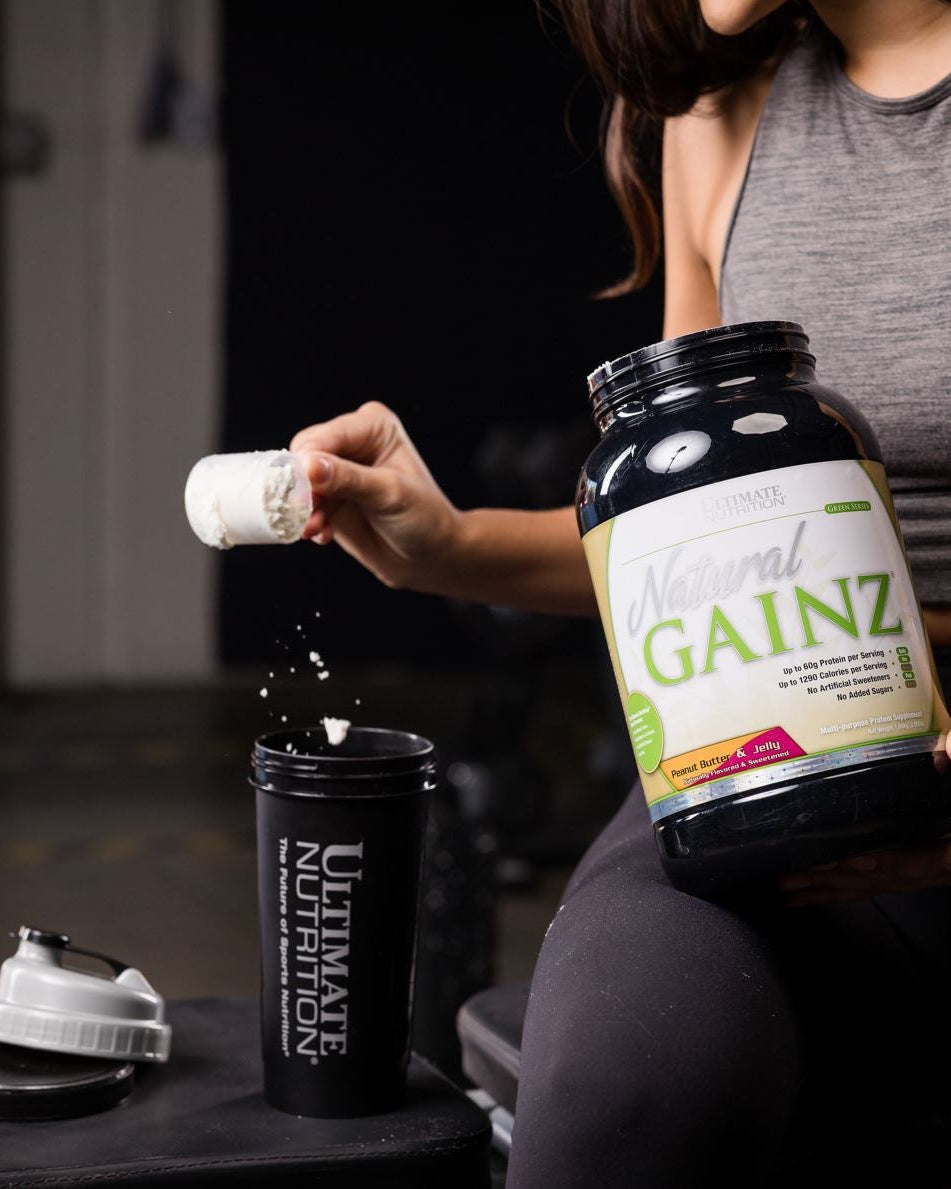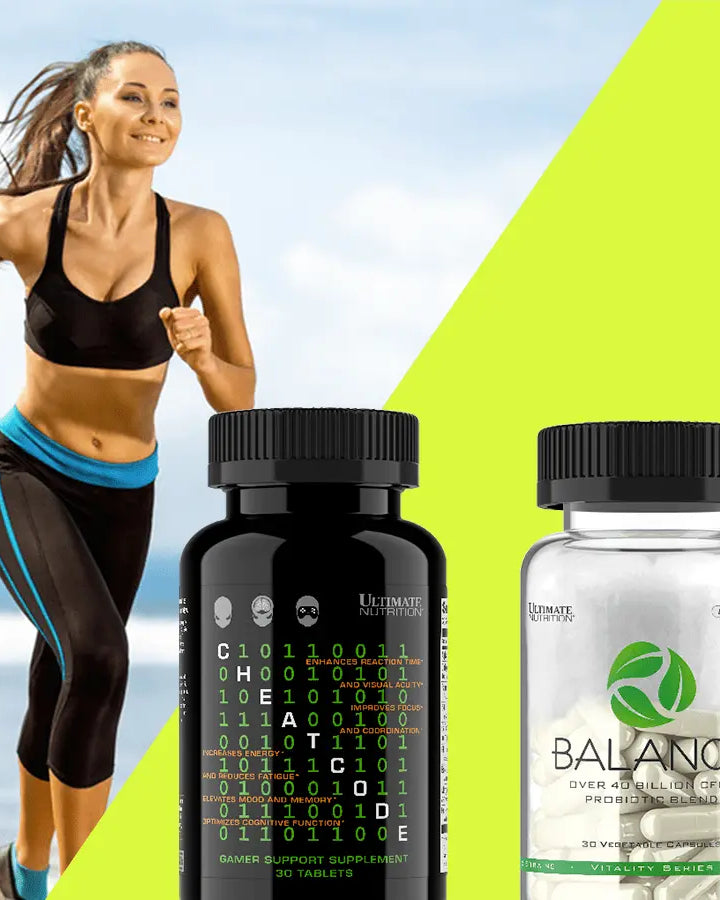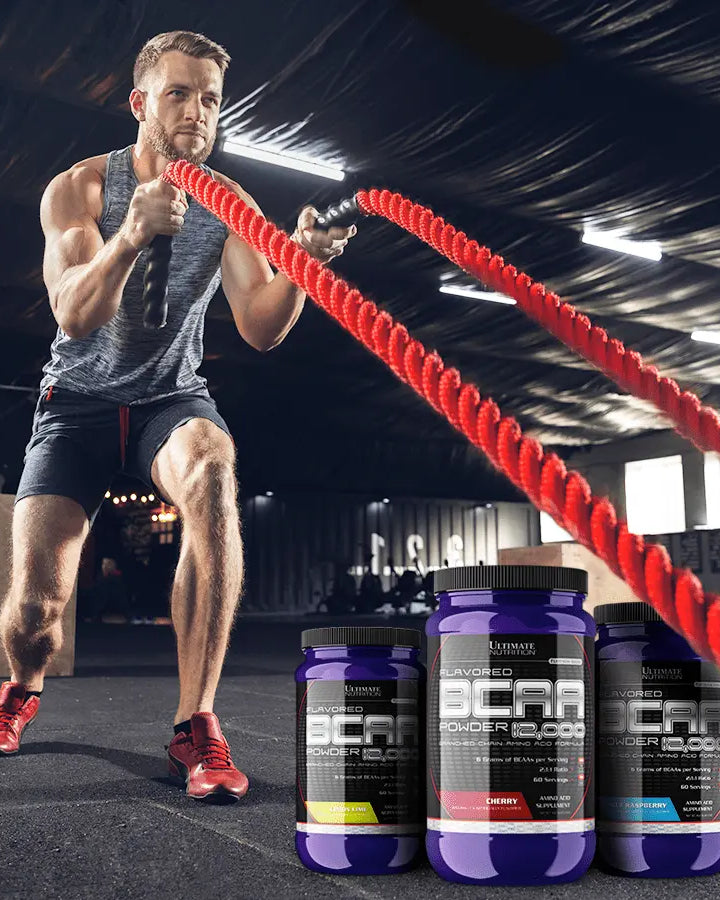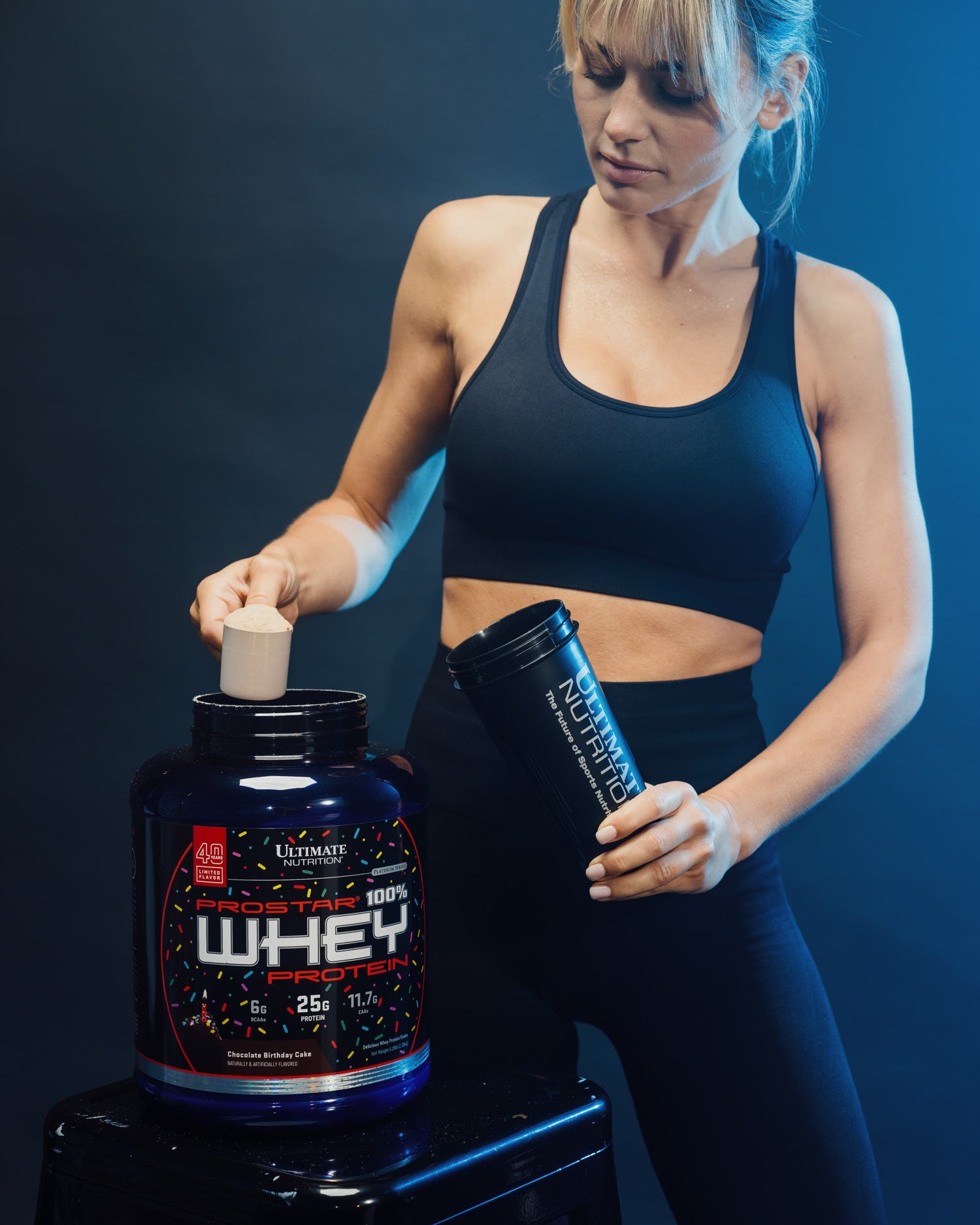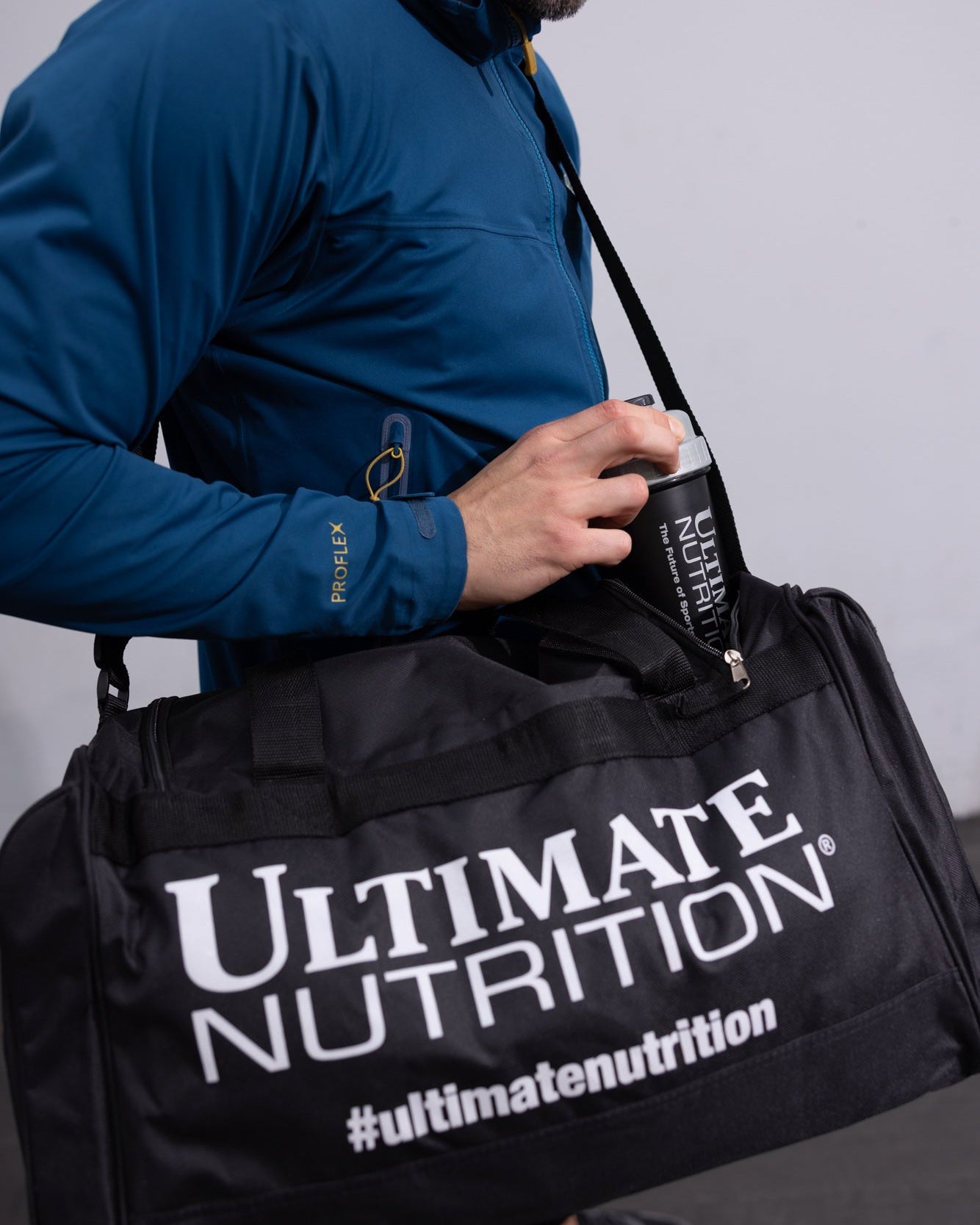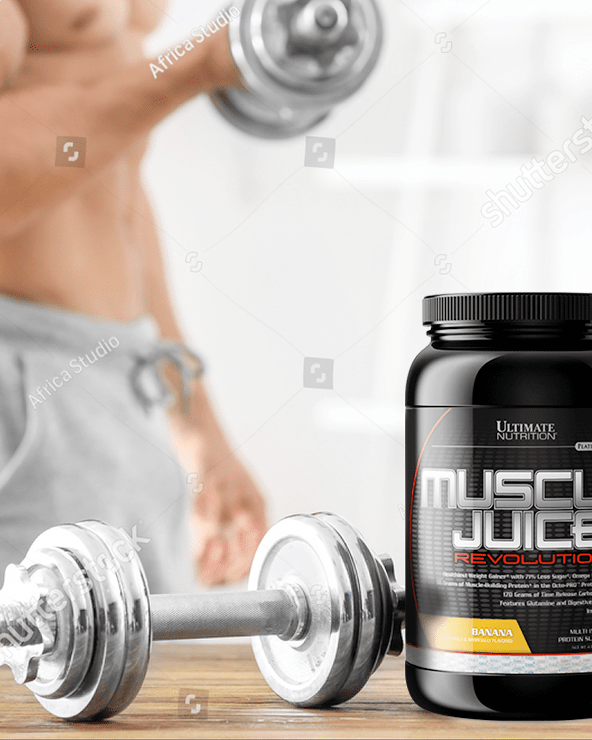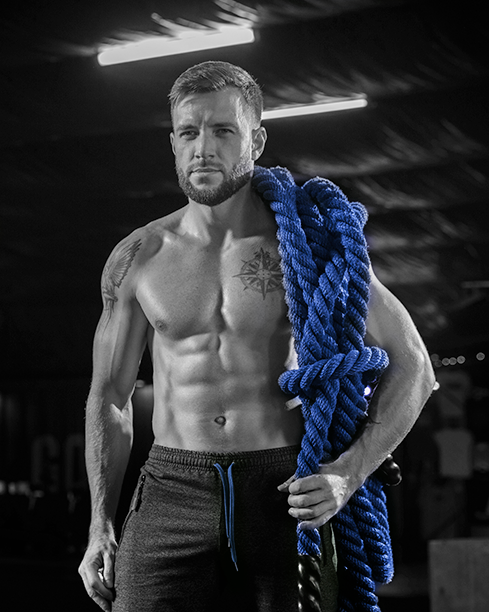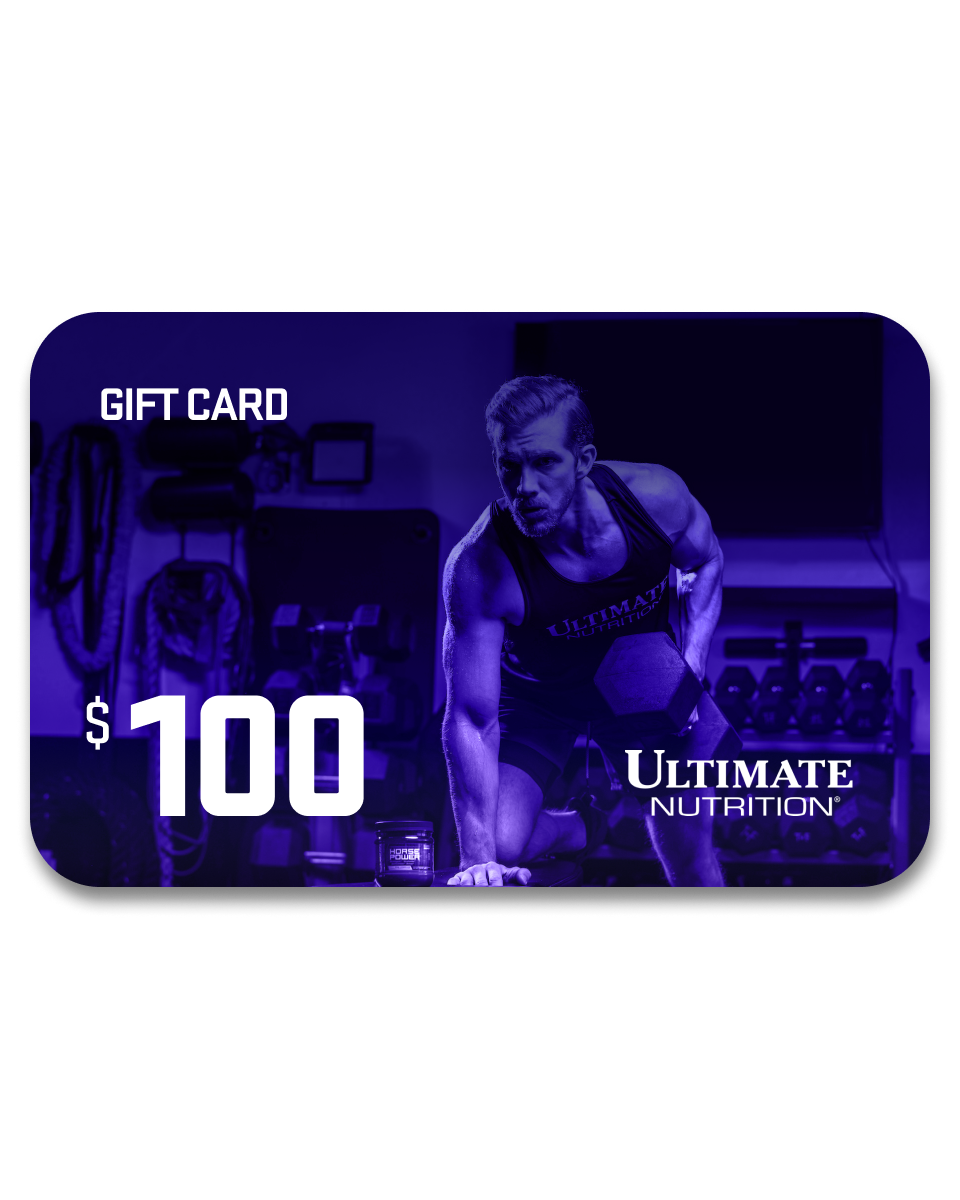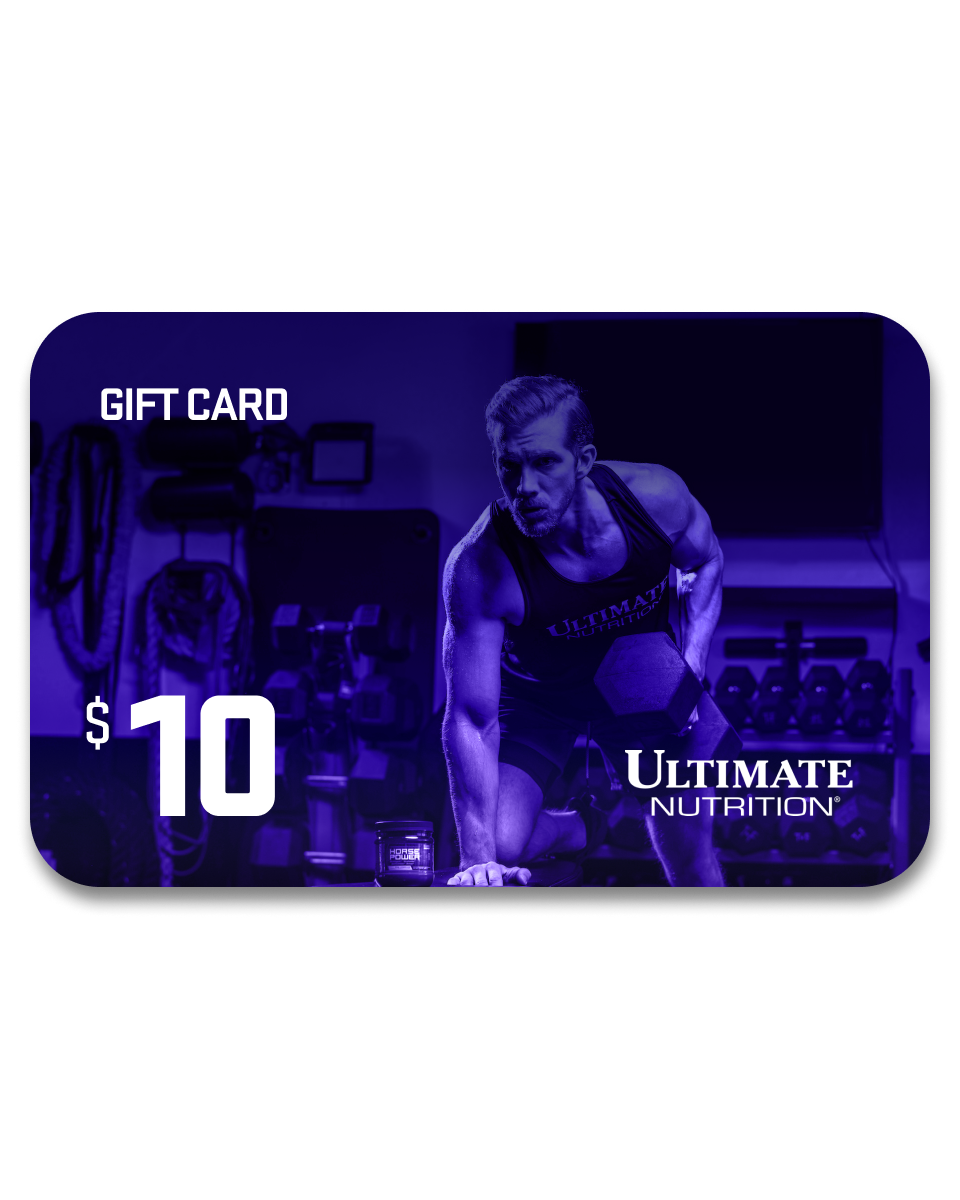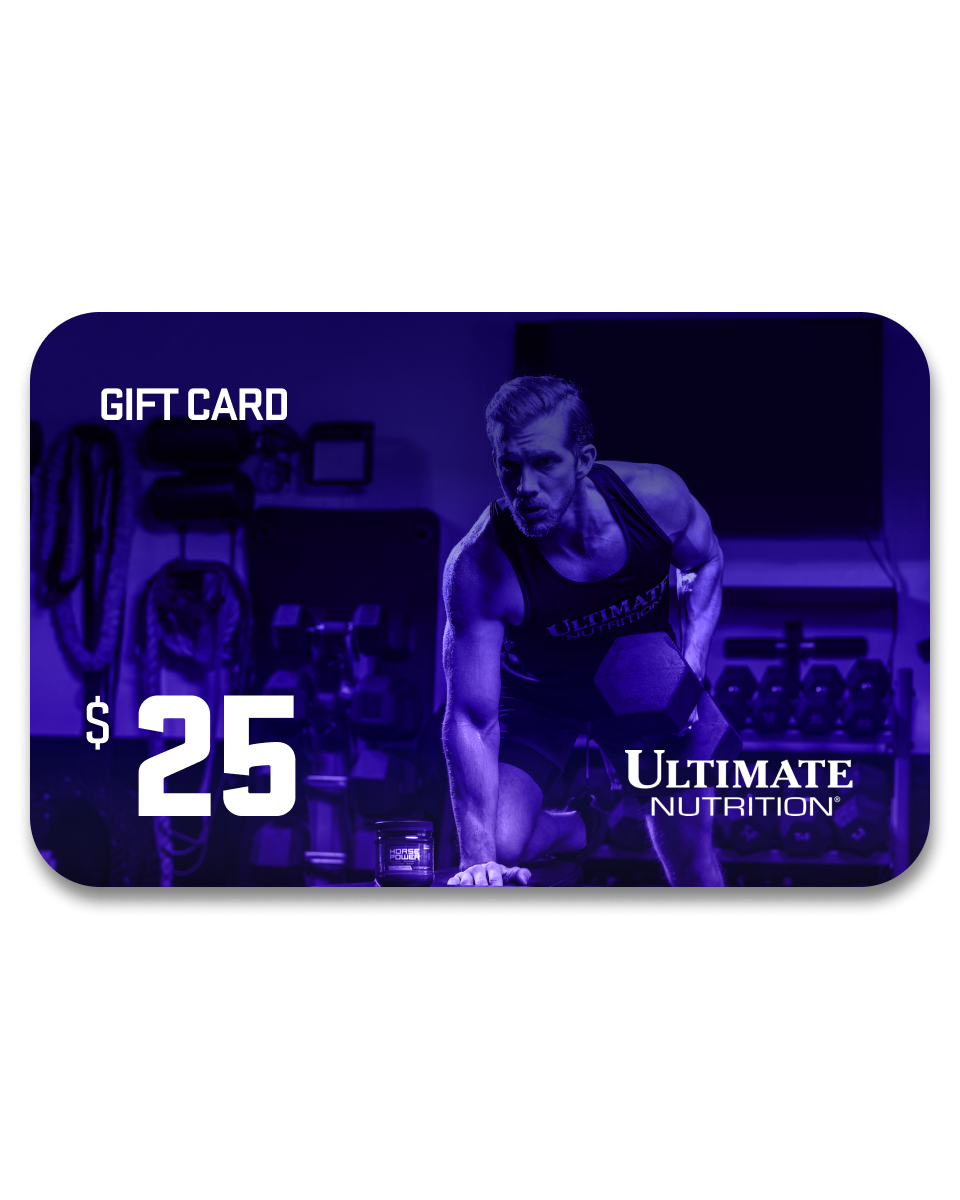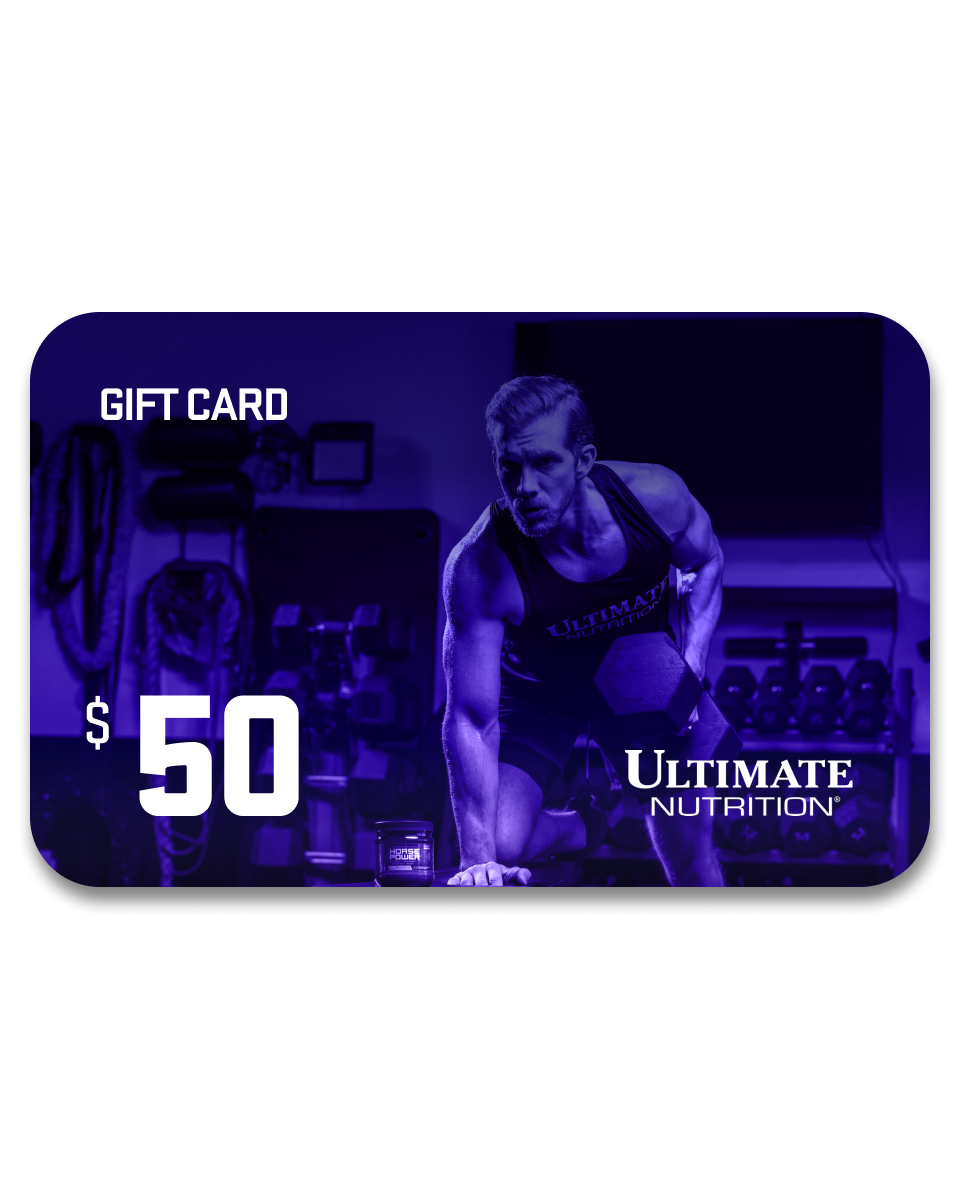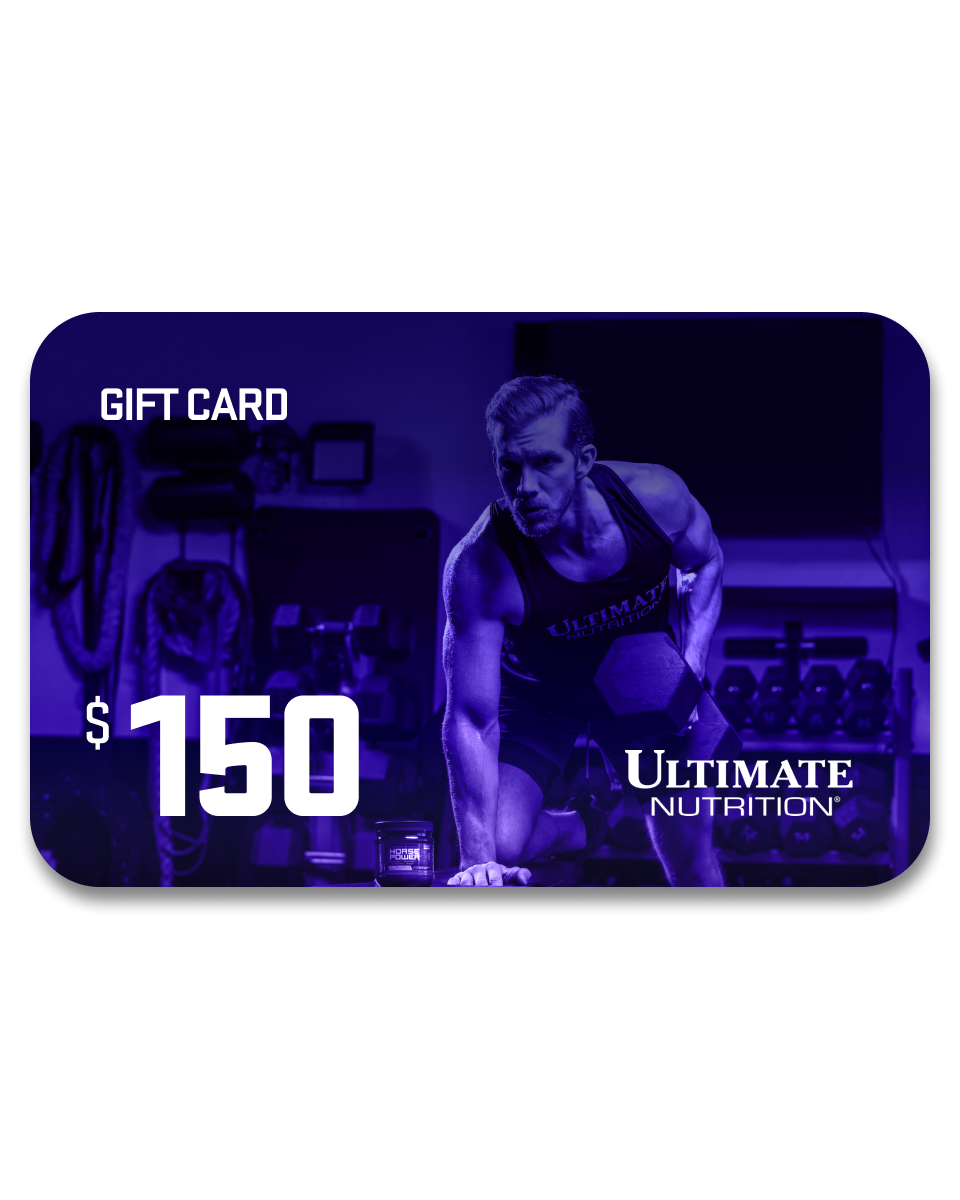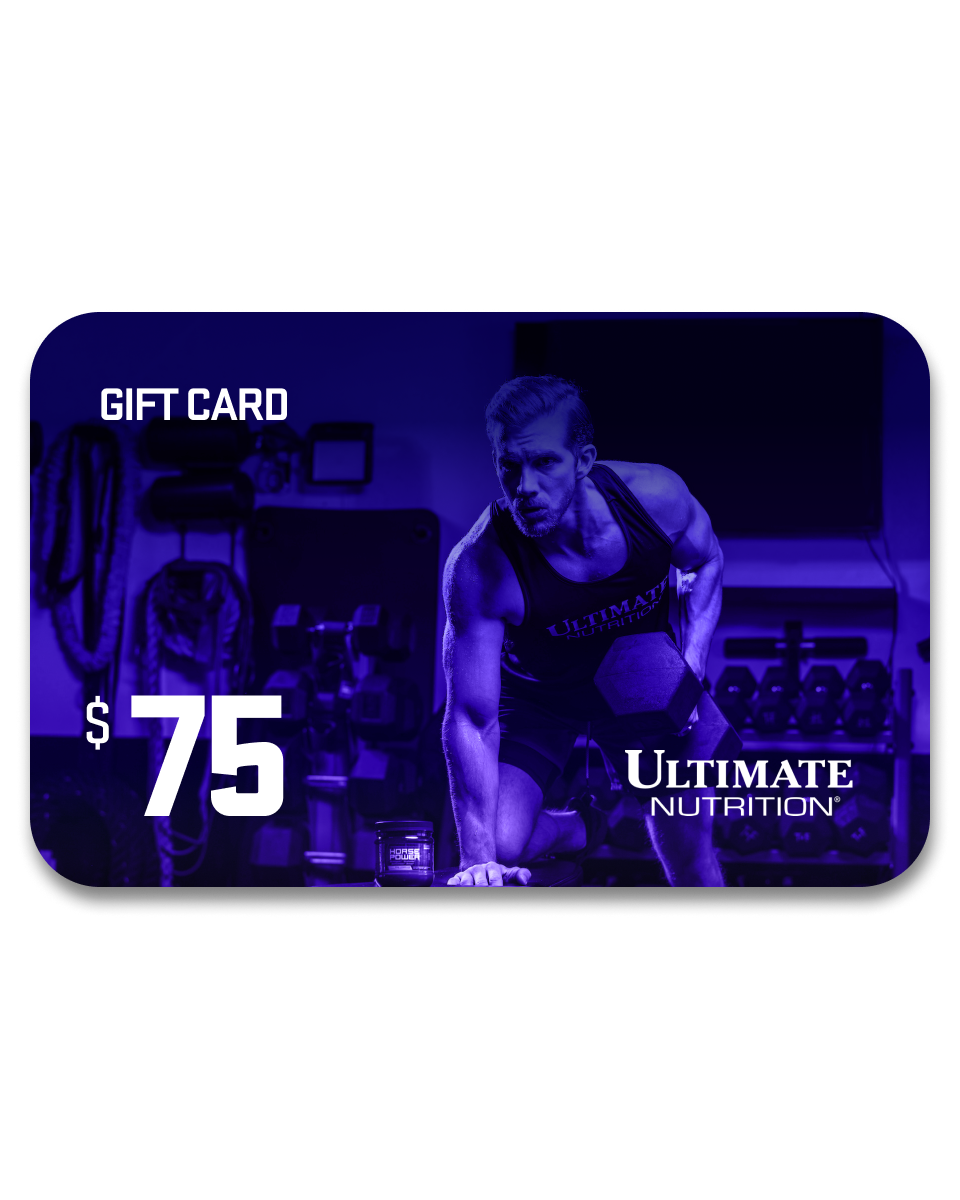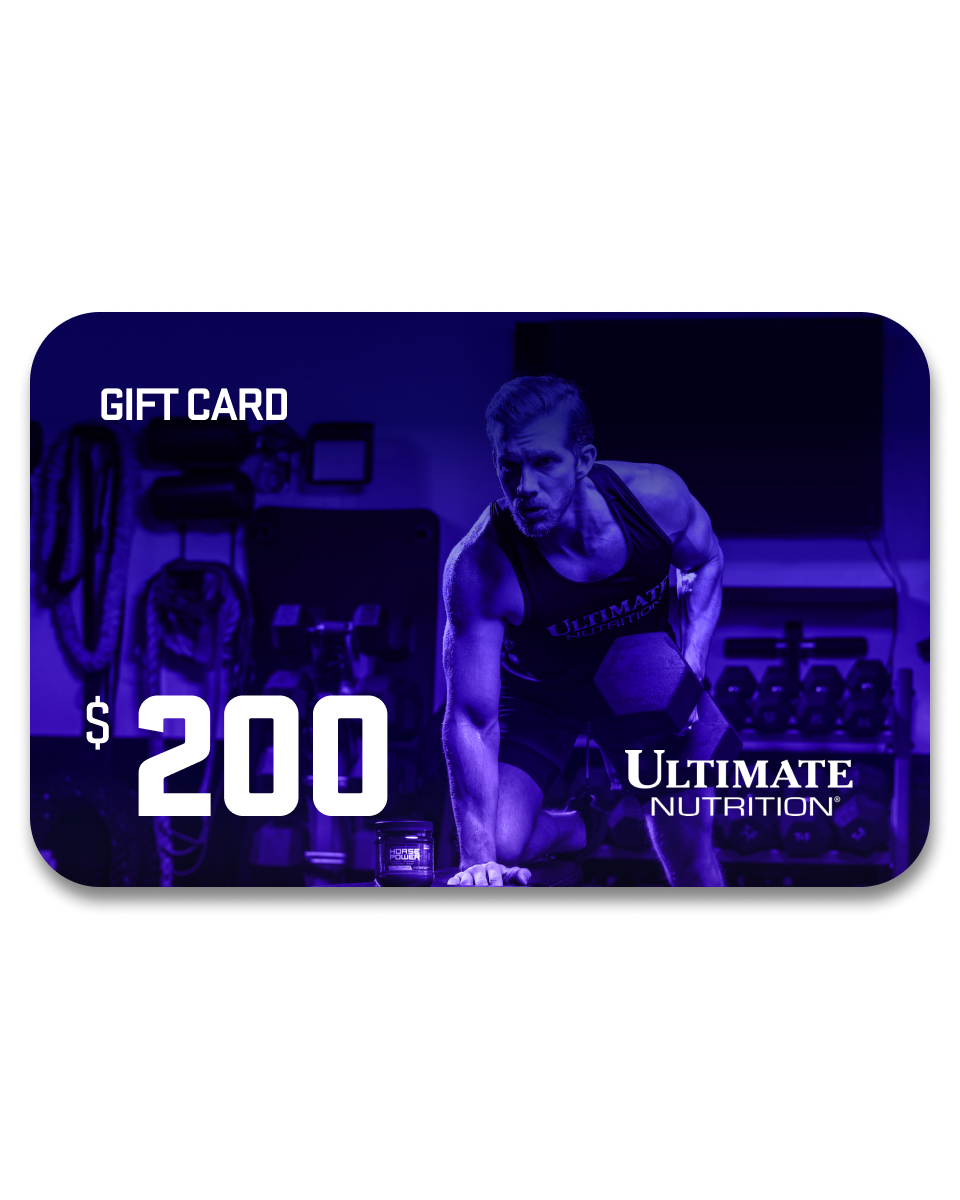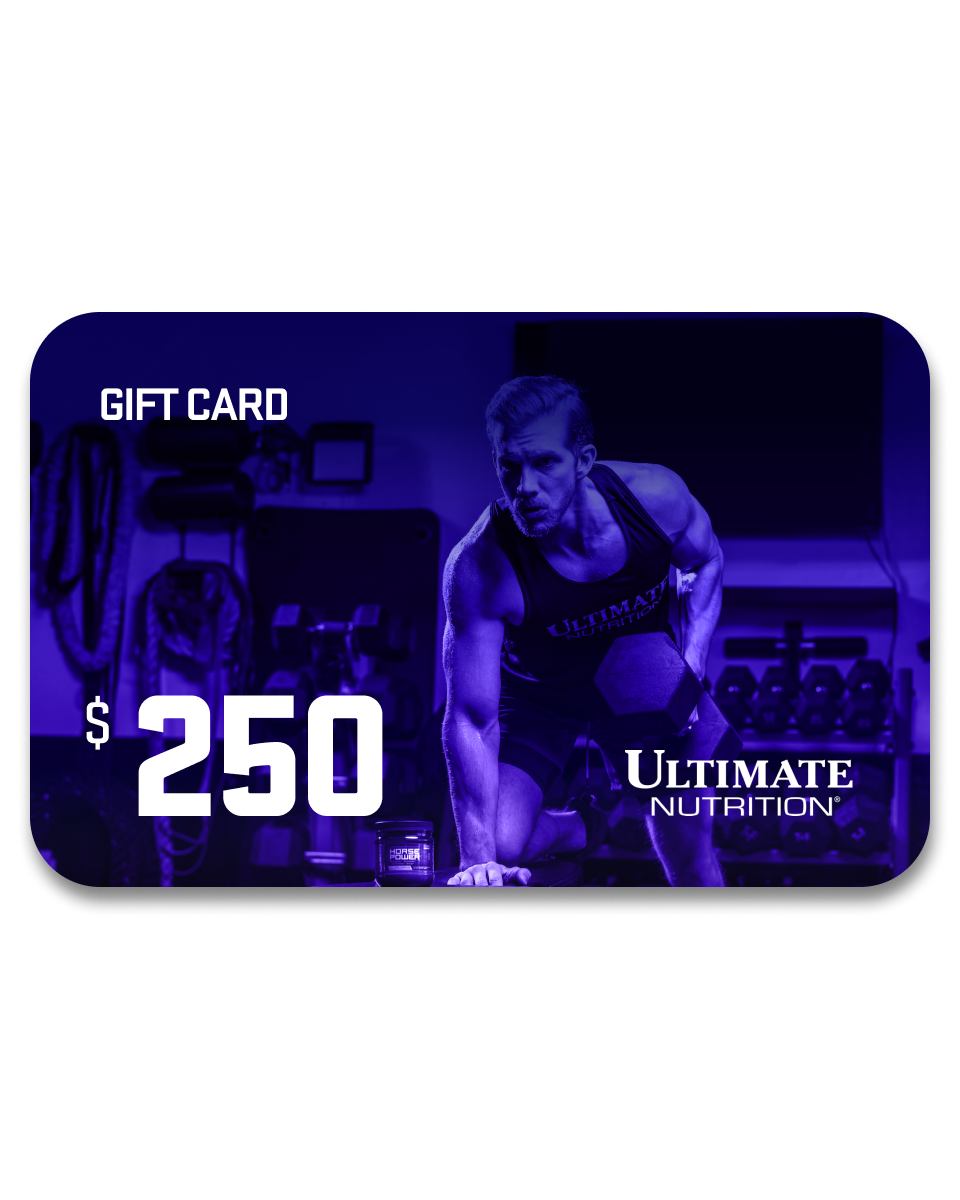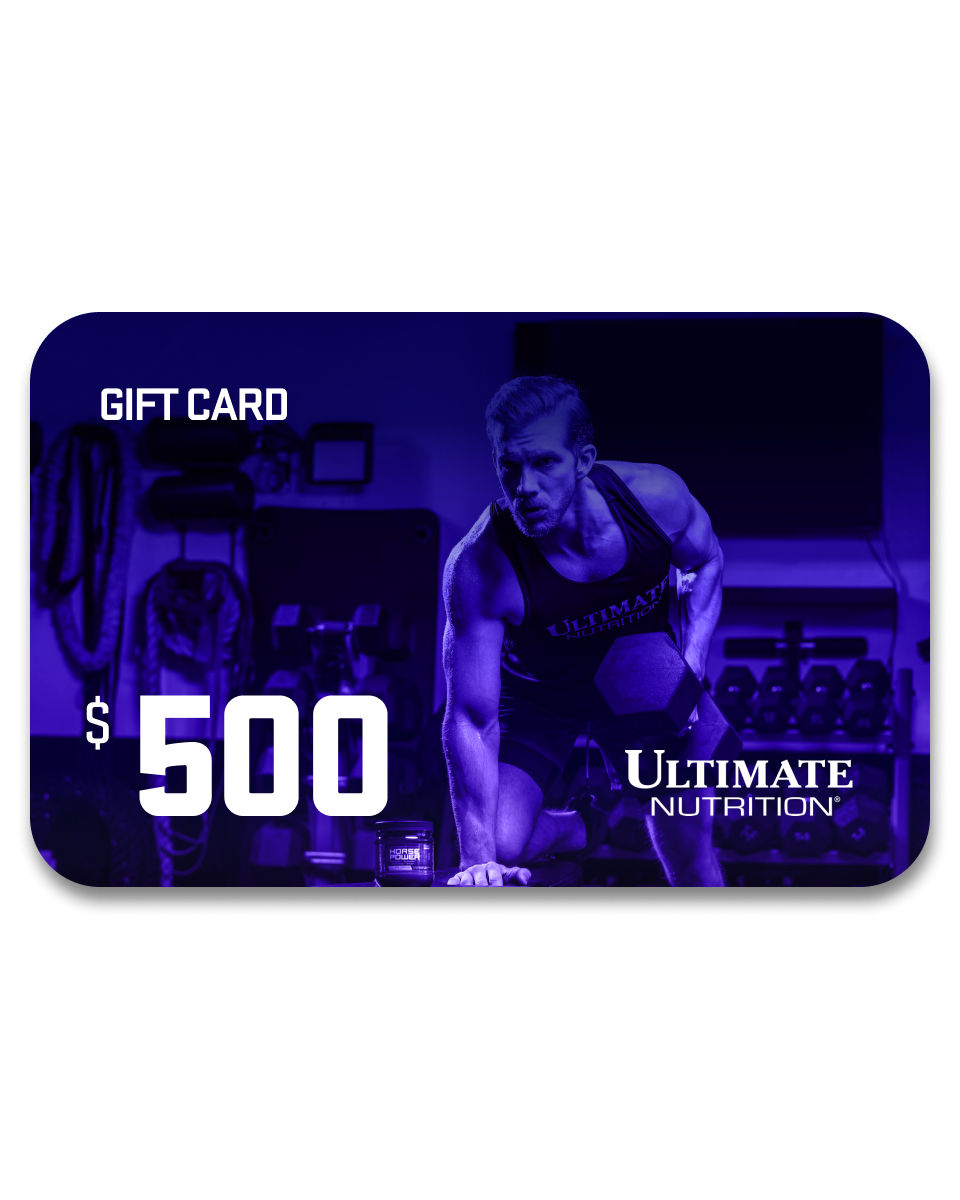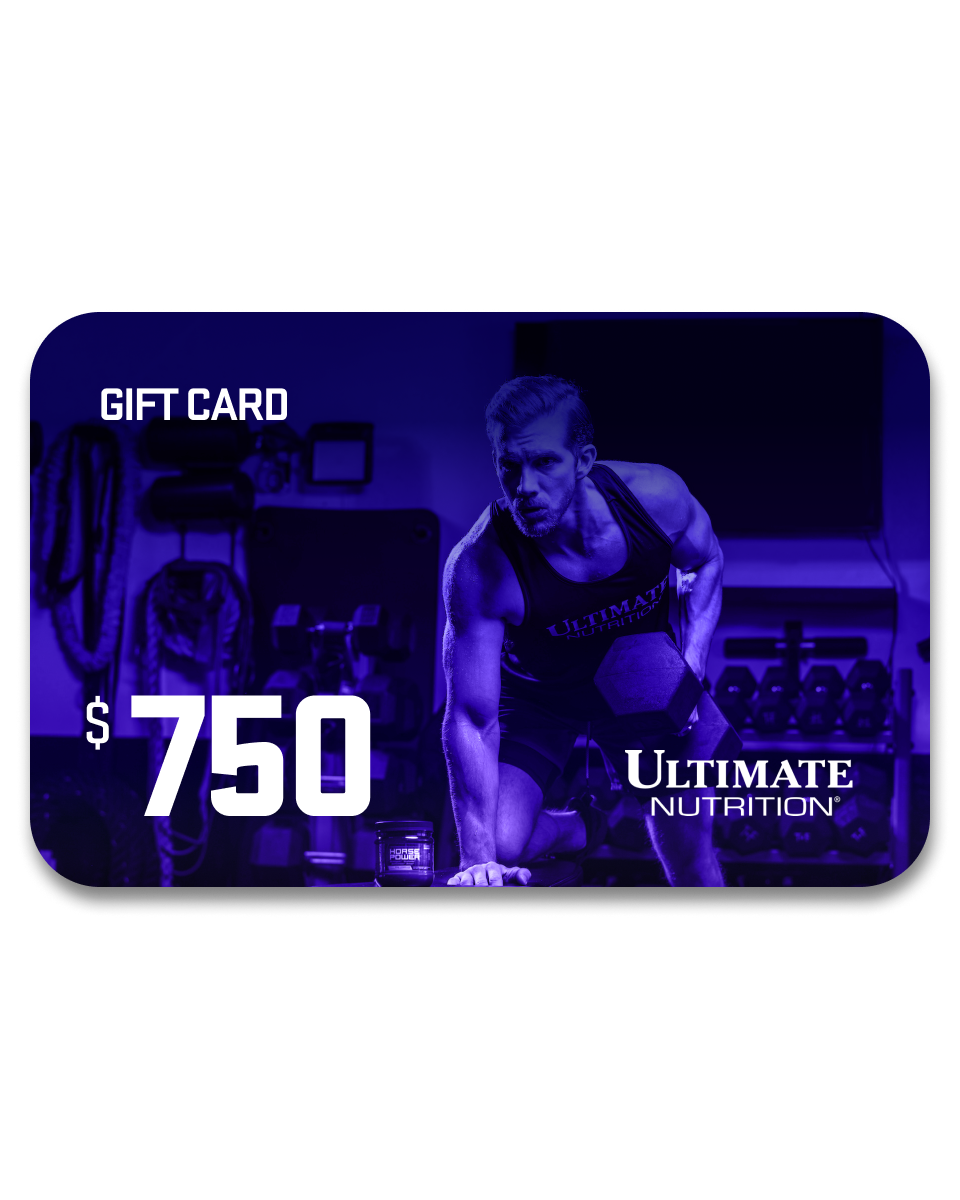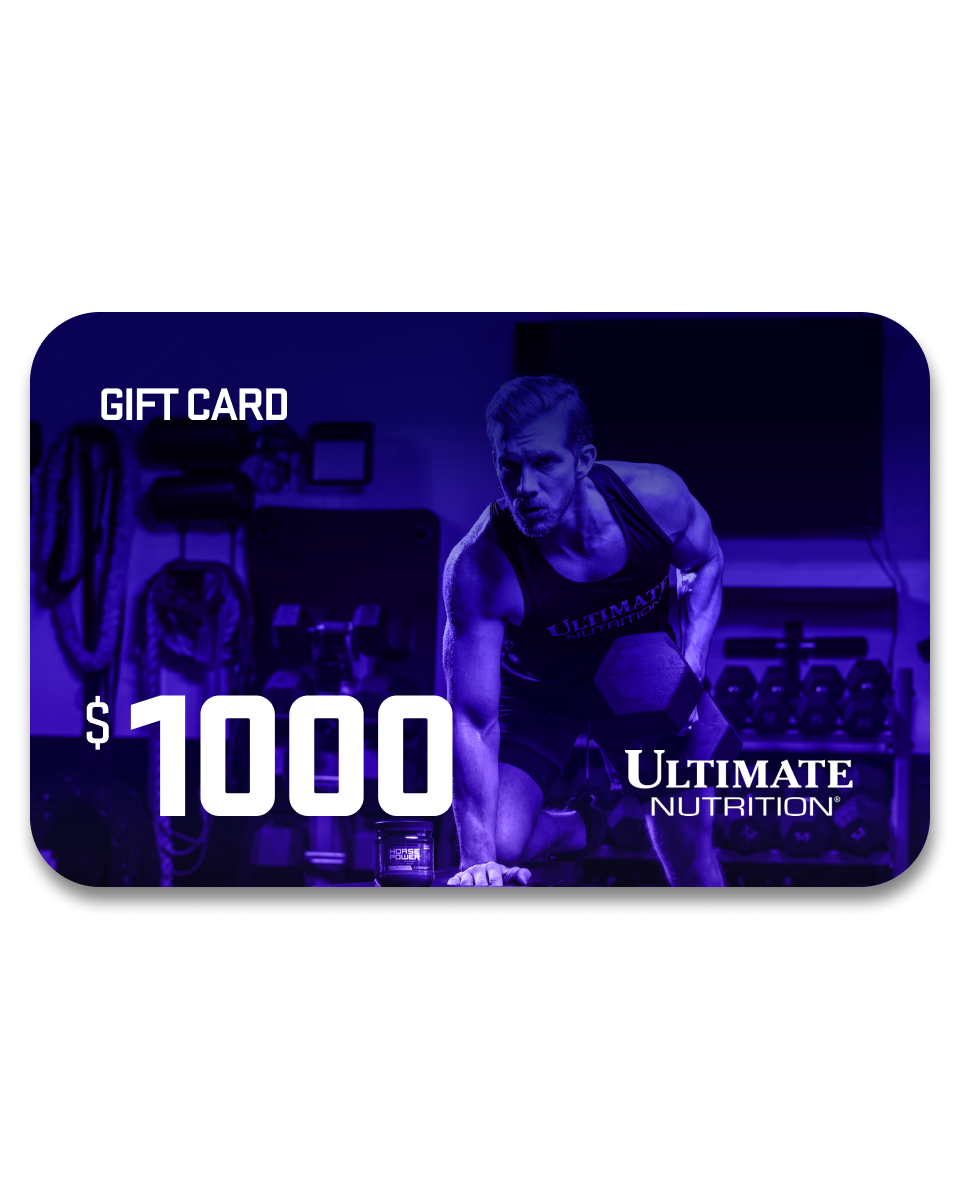After a tough workout, nothing sounds better than a hot shower and a bowl of ice cream. But hold on, post-workout recovery is an essential part of fitness and shouldn’t be ignored.
While it’s tempting to indulge, skipping recovery can lead to muscle soreness or even injury.
In this article, we’re covering five things you should avoid during the recovery process.
Let’s get into it.

1. Skipping a Cooldown
The first thing you should never do after a training session is skip a cooldown. A cooldown helps promote recovery by returning your body to its pre-exercise state. Whether stretching after weightlifting or gradually moving from a jog to a brisk walk, a cooldown can help you feel rejuvenated and relaxed, even if you’re exhausted.
According to the American Council on Exercise, the consequences of skipping a cooldown could include:
-
Blood Pooling: Stopping exercise can cause blood to pool in your legs and slow its return to your heart. While it’s not generally harmful, it’s better to slow your heart rate to a pre-exercise pace gradually.
-
Lactic Acid Buildup: Lactic acid accumulates in your muscles after an intense workout. A 10-minute cooldown clears lactic acid from your system, reducing muscle soreness.
Speaking of muscle soreness, this next mistake is one to pay attention to if you don’t want to be stiff or cramping days after your workout.

2. Not Stretching
During exercise, muscles tear and break down. Stretching reduces inflammation and muscle soreness. It also prevents injury and clears lactic acid. You should be performing both static and dynamic stretching. Dynamic stretching is stretching while moving. It can help improve your range of motion and reduce stiffness.
Static stretching involves holding a position at the end of your muscle range for about 30 seconds. Make sure to practice deep breathing while stretching, as this can help further improve your range of motion.
According to the Journal of Athletic Training, adding foam rolling to your stretching routine reduces soreness and enhances joint and range of motion. It allows you to target trigger points as it massages deep into the muscles.
3. Not Eating Properly After a Workout
As mentioned before, rewarding yourself with greasy or sweet treats sounds fantastic. But your body needs nutritious food before and after a workout to recover efficiently. An article in the Journal of the International Society of Sports Nutrition found that eating the right foods post-workout may reduce muscle protein breakdown, enhance recovery, and help build muscle.
Best Recovery Meals for Athletes
Another article in the International Sports Science Association states that your metabolism is at its highest 30 minutes after a workout. This is especially true with strength training and HIIT (high-intensity interval training).
Some of the best foods to eat after a workout are chicken, turkey, cottage cheese, eggs, fresh fruit, vegetables, whole grains, and complex carbohydrates like sweet potatoes, oatmeal, and brown rice.
Eating foods high in amino acids, like salmon, will also help repair micro tears in the muscles.
Pro Tip: See our article on 12 Foods That Boost Energy to crush your workouts and getting through the day strong.

4. Not Hydrating Enough
Another common mistake (that we’re all guilty of) after a workout is neglecting hydration. Staying well-hydrated before, during, and after a workout is essential, especially with intense training. As you sweat, your body depletes water and electrolytes. This makes it easy to become dehydrated.
Dry lips and mouth, headache, fatigue, high heart rate, muscle cramps, and dizziness are signs of dehydration. Be mindful of how you feel and hydrate properly to avoid dehydration.
How to Hydrate After an Intense Workout
For proper hydration post-workout, consider drinking about 16 ounces of water for every pound of body weight you lose, consider a sports drink if you perform intense exercise (especially in the heat), and eat foods high in water like watermelon.

5. Ignoring Rest and Recovery Time
Another common mistake is not allowing your body and muscles the time they need to repair. While taking a rest or recovery day may seem counterintuitive, your muscles need time to rebuild themselves after breaking down during a workout. Too little recovery can lead to fatigue, high blood pressure, mood changes, trouble sleeping, and muscle pain and stiffness.
According to the American Council on Exercise, your body should recover for 24-48 hours between similar exercises.
Pro Tip: Check out our article on muscle recovery supplements for even more support.
The Importance of Sleep in Muscle Recovery
A lack of rest can result in overtraining, leading to hormone imbalances, including growth hormone and cortisol, which negatively affect muscle growth and metabolism. This is why taking days off and aiming for 7-9 hours of sleep each night is essential.
Don’t Sleep on Post-Workout Care
Avoiding these common post-workout mistakes can help reduce overtraining and burnout, risk of injury, and benefit your body composition and immune system for better overall health.
Always listen to your body and stop exercising or stretching if something hurts.
We get it, cooldowns and stretching are sometimes the last thing on our minds after a tough training session. But if you stick to an effective post-workout routine, your muscles will thank you in the long run.
Fuel fitness and recovery with more pro tips at the Ultimate Nutrition Blog.
Maximize your gains with premium supplements from Ultimate Nutrition.
The information provided in our articles are meant for informational and educational purposes exclusively and should not be considered as medical advice. It is essential to consult a healthcare professional before starting a new nutritional product and/or making significant changes to your diet and/or starting a new exercise regime. These products are not intended to diagnose, treat, cure, and/or prevent disease.

